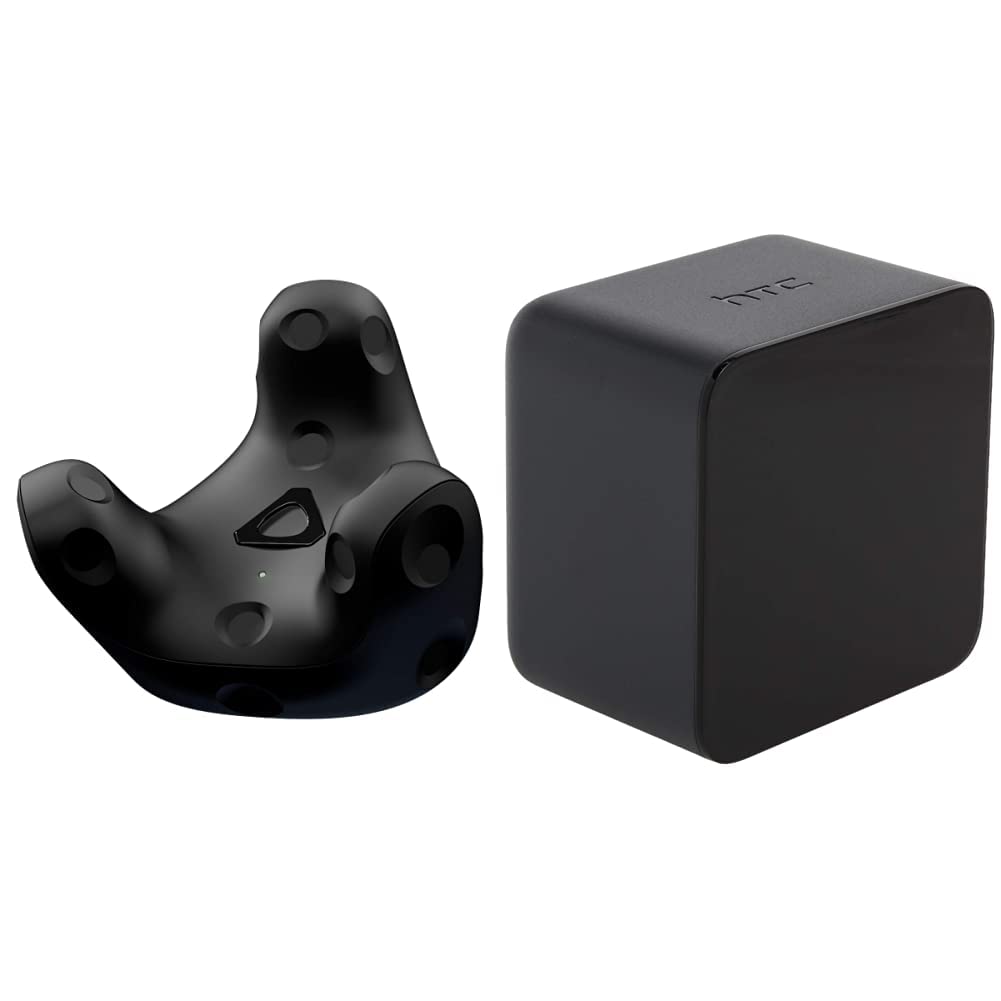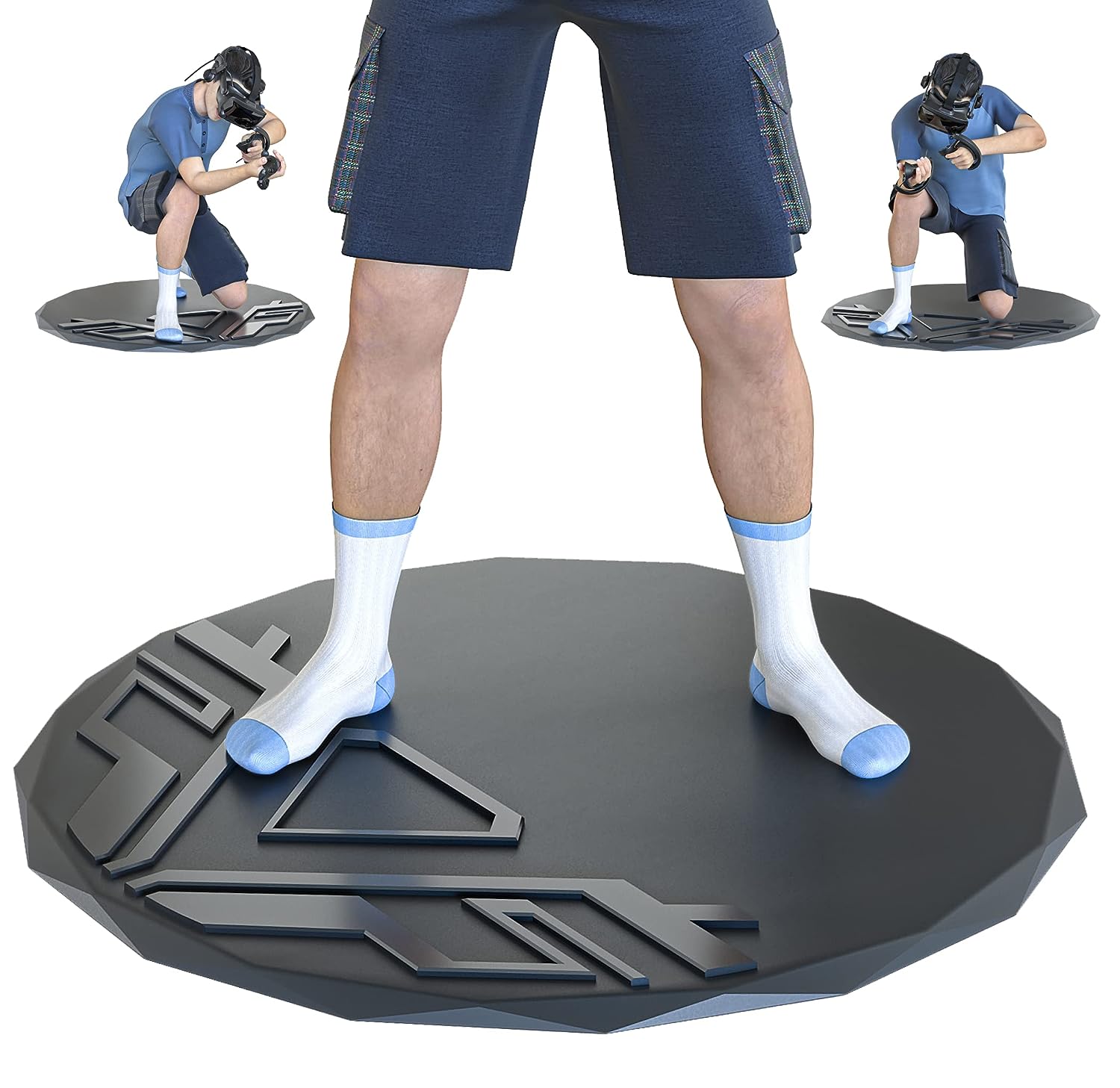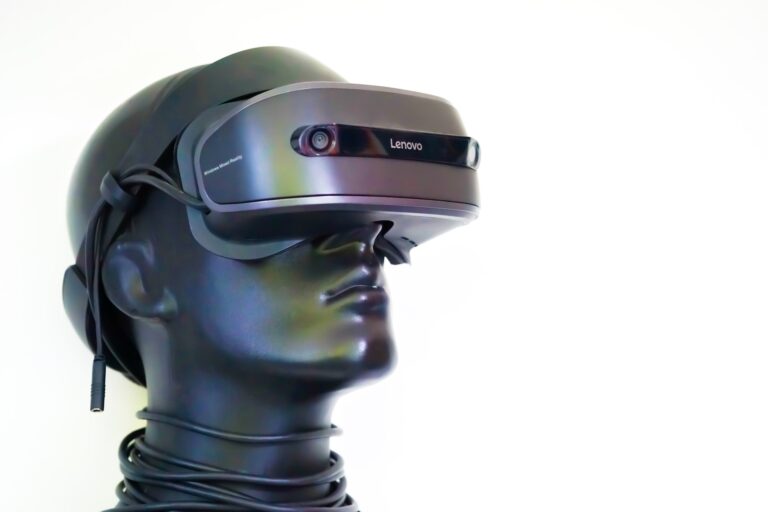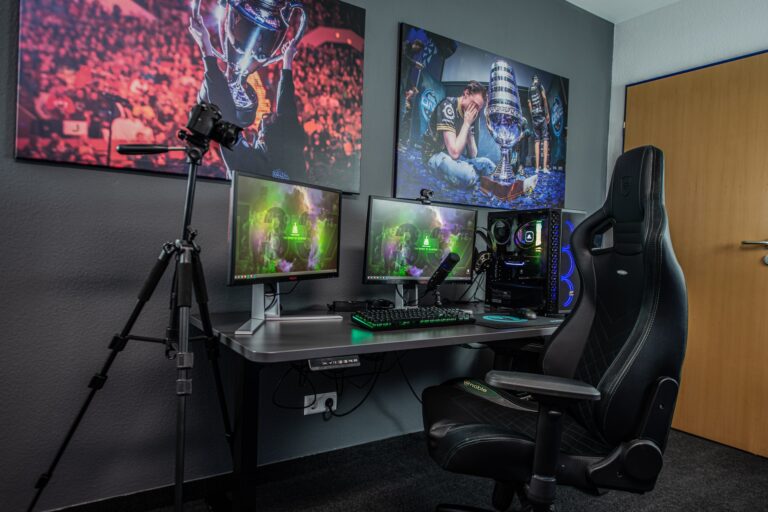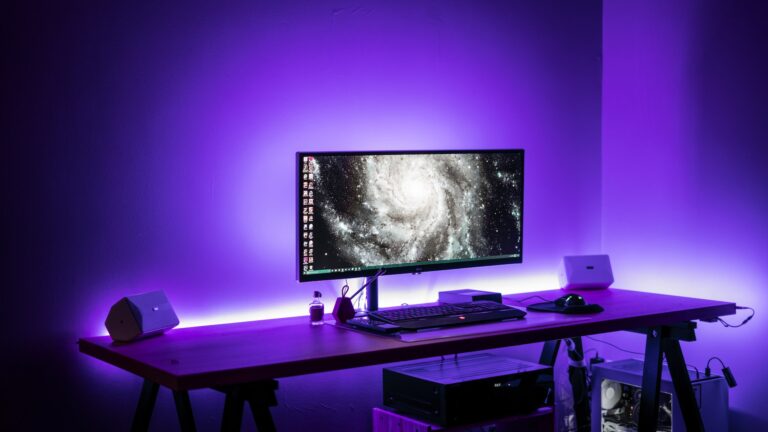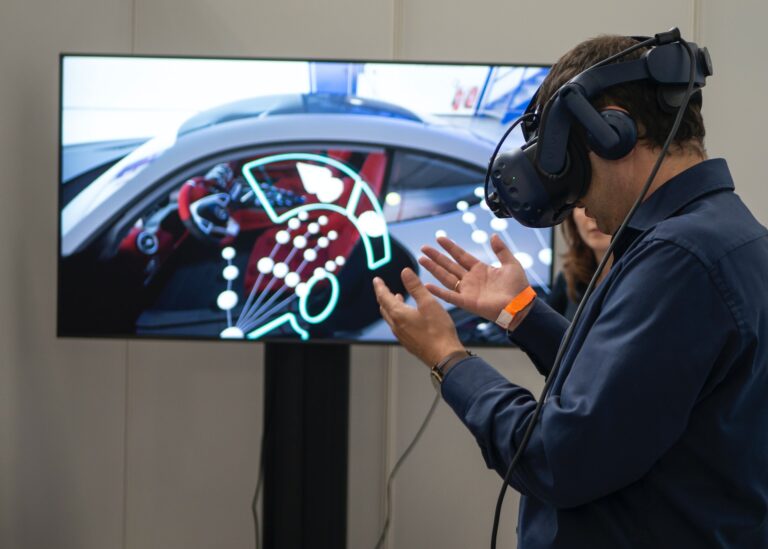Make Your Move in the Metaverse: Motion Tracking Devices
With the rise of metaverses, where users can immerse themselves in digital worlds, the need for advanced motion tracking devices has become more crucial than ever before. These devices not only enhance the overall experience of virtual reality but also allow for more intuitive and realistic interactions within the metaverse.
The Evolution of Motion Tracking Devices
Motion tracking devices are not a new invention. They have been used in various industries, such as gaming and virtual reality, for quite some time. However, with the rise of metaverses, the demand for advanced and accurate motion tracking devices has grown exponentially.
As metaverses continue to evolve, motion tracking devices are becoming more sophisticated and advanced. Companies are pushing the boundaries of technology to create devices that offer a seamless and immersive experience within the virtual world. From full-body motion capture systems to haptic feedback devices, the possibilities are endless.
We can expect motion tracking devices to become even more advanced and sophisticated in the future. With the advancement of technologies like artificial intelligence and machine learning, these devices will become smarter, more intuitive, and capable of capturing even the most intricate movements.

The Benefits of Using Motion Tracking Devices for Metaverses
While VR controllers can track your hand movements, additional tracking systems enable your other body parts to be accurately represented in the virtual world. Some virtual reality systems offer full-body tracking, allowing you to track the movements of your entire body. This can be achieved using sensors or cameras that track the movement of your limbs. Full-body tracking can add a whole new level of immersion to your virtual reality experiences, allowing you to physically duck, dodge, and jump in the virtual world. However, it requires additional setup and may not be compatible with all games and experiences.
Motion tracking devices not only enhance the user’s experience in the metaverse but also open up a world of possibilities for developers and content creators. They enable the creation of more realistic and interactive virtual environments, where users can engage in activities such as gaming, socializing, and even professional training.
Moreover, motion tracking devices open up new avenues for social interactions within metaverses. Imagine attending a virtual concert where you can see and interact with other avatars in real-time, all thanks to motion tracking technology. The potential for creating shared experiences and communities within metaverses is immense.

Understanding the Different Types of Tracking Systems
One common type of motion tracking system is the inside-out tracking method. This method uses cameras or sensors embedded in the headset or controller to track the position and movement of your body. By analyzing the images or data captured by these cameras or sensors, the system can determine the position and orientation of your body in relation to the virtual world. Inside-out tracking is often used in standalone VR headsets or controllers, providing a convenient and intuitive way to track your movements without the need for external sensors or cameras.
Another type of motion tracking system is the outside-in tracking method. This method uses external sensors or cameras placed in the room to track your movements. These sensors or cameras capture the position and movement of markers or sensors on your body or gaming accessories, allowing the system to calculate the position and orientation of your body in three-dimensional space. Outside-in tracking offers higher accuracy and precision compared to inside-out tracking, making it ideal for more demanding applications, such as full-body tracking or multiplayer experiences.
Some motion tracking systems combine both inside-out and outside-in tracking methods to provide the best of both worlds. These hybrid systems use a combination of embedded sensors or cameras and external sensors or cameras to provide accurate and responsive tracking. Hybrid systems offer a balance between convenience and accuracy, making them suitable for a wide range of virtual reality experiences.
Note: Some of the links here are affiliate links. There’s NO additional cost for you, but it does help our team to earn some coffee money to keep us writing about the virtual realm.
1. Virtual Reality Headsets with Integrated Motion Tracking
One of the most popular motion tracking devices for metaverses is virtual reality headsets with built-in motion tracking technology. These headsets use a combination of sensors, cameras, and algorithms to accurately track the movements of the user’s head and translate them into the virtual environment. This enables users to look around and interact with the metaverse in a much more natural and immersive way.
2. Motion Controllers
Motion controllers play a vital role in metaverse experiences, as they allow users to interact with virtual objects and environments using their hands. These controllers are equipped with sensors that track the position and orientation of the user’s hands, enabling them to pick up objects, manipulate virtual interfaces, and even engage in virtual combat. The haptic feedback provided by motion controllers further enhances the sense of realism and immersion within the metaverse.
3. Full-Body Motion Tracking Systems
For a truly immersive metaverse experience, full-body motion tracking systems are a game-changer. These systems use a combination of cameras, sensors, and specialized software to track the movements of the user’s entire body. By capturing the user’s motions in real-time, these devices enable them to see their own body movements reflected in the virtual environment. This opens up endless possibilities for physical interaction and immersion within the metaverse.
4. Wearable Motion Tracking Devices
In addition to headsets, controllers, and full-body systems, there are also wearable motion tracking devices that offer a more portable and flexible solution for metaverse enthusiasts. These devices can be worn on various parts of the body, such as the hands, wrists, or feet, and provide accurate motion tracking data. With wearable motion tracking devices, users can bring their metaverse experiences beyond their living rooms and into the real world, enabling them to interact with virtual objects and environments wherever they go.
5. Accessories
Accessories for VR motion tracking devices, such as the VR mat and sensor stands, play a crucial role in enhancing the immersive virtual reality experience. The VR mat provides a dedicated space for users to move around freely without the risk of tripping or bumping into furniture. This not only ensures safety but also allows users to fully engage in their virtual environment.
Sensor stands, on the other hand, offer a convenient and stable platform to mount VR motion tracking sensors. These stands help optimize the tracking accuracy and precision, allowing for seamless and accurate movement detection. With the right accessories, users can take their VR gaming or virtual experiences to the next level, enhancing both comfort and performance.
The Bottom Line
Motion tracking devices are essential tools for unlocking the full potential of metaverses. They bring our physical movements into the virtual world, providing a more immersive and natural way to interact with the metaverse. Whether it’s through VR headsets, motion controllers, full-body motion capture systems, or wearable sensors, these devices empower users to unleash their creativity and explore the endless possibilities of the metaverse.




